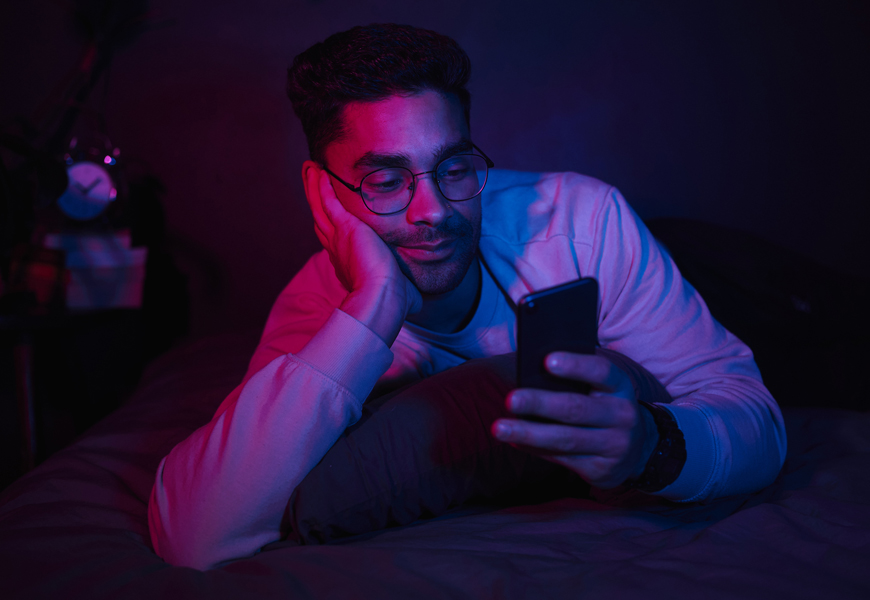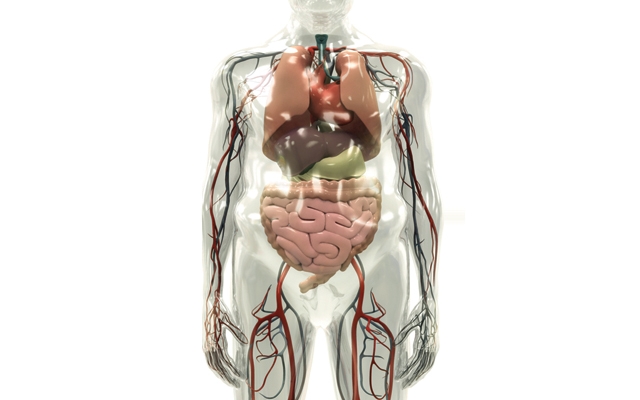A comprehensive overview of the topic, balancing the benefits and concerns associated with blue light exposure…
In the digital age, blue light has become a constant companion in our daily lives. Emitted by screens, LED lighting, and even the sun, this high-energy visible (HEV) light has stirred discussions about its effects on our eyes, sleep patterns, and overall health. Here we dive into the science behind blue light, exploring its benefits and potential risks.
What is Blue Light?
Blue light is part of the visible light spectrum with a wavelength between approximately 380nm and 500nm. It is known for its high energy and shorter wavelengths. Notably, blue light is everywhere, with its most significant source being sunlight. However, in our modern world, electronic devices like smartphones, computers, and TVs, as well as energy-efficient LED lighting, are substantial sources of artificial blue light.
Blue Light and Eye Health
The concern about blue light and eye health primarily revolves around digital eye strain and potential retinal damage. Prolonged exposure to screens can cause symptoms like eye discomfort, dryness, and blurred vision, often referred to as computer vision syndrome or digital eye strain. While the human eye is efficient in blocking UV rays from reaching the retina, it is not as effective against blue light. Some studies suggest excessive exposure could damage light-sensitive cells in the retina, potentially leading to conditions like macular degeneration. However, research in this area is ongoing, and the long-term effects are not yet fully understood.
Blue Light and Sleep
Blue light plays a crucial role in regulating our circadian rhythm — the body’s natural sleep-wake cycle. Exposure to blue light during the day helps maintain a healthy circadian rhythm. However, excessive exposure to blue light, especially in the evening, can disrupt this cycle, making it harder to fall asleep. The blue light emitted by screens suppresses the production of melatonin, the hormone responsible for sleep, leading to disturbances in sleep patterns and overall sleep quality.
Systemic Health Effects
Beyond its effects on eyes and sleep, blue light exposure has broader implications for health. Disruption of the circadian rhythm has been associated with various health issues, including increased risk of obesity, heart disease, and depression. In contrast, appropriate exposure to blue light, particularly natural light, has been shown to have mood-lifting effects and can even help improve cognitive function.
Managing Blue Light Exposure
To mitigate the negative effects of blue light, especially from screens, several strategies can be employed:
– Use blue light filters on devices.
– Practice the 20-20-20 rule: every 20 minutes, look at something 20 feet away for at least 20 seconds.
– Reduce screen time, particularly before bedtime.
– Increase exposure to natural light during the day.
– Consider using blue light blocking glasses.
While blue light is a natural part of our environment, modern lifestyles have significantly increased our exposure to it, especially through digital devices. Understanding its impact on eye health, sleep, and overall wellbeing is crucial in the digital era. By taking proactive steps to manage blue light exposure, we can protect our health while still enjoying the benefits of technology.












